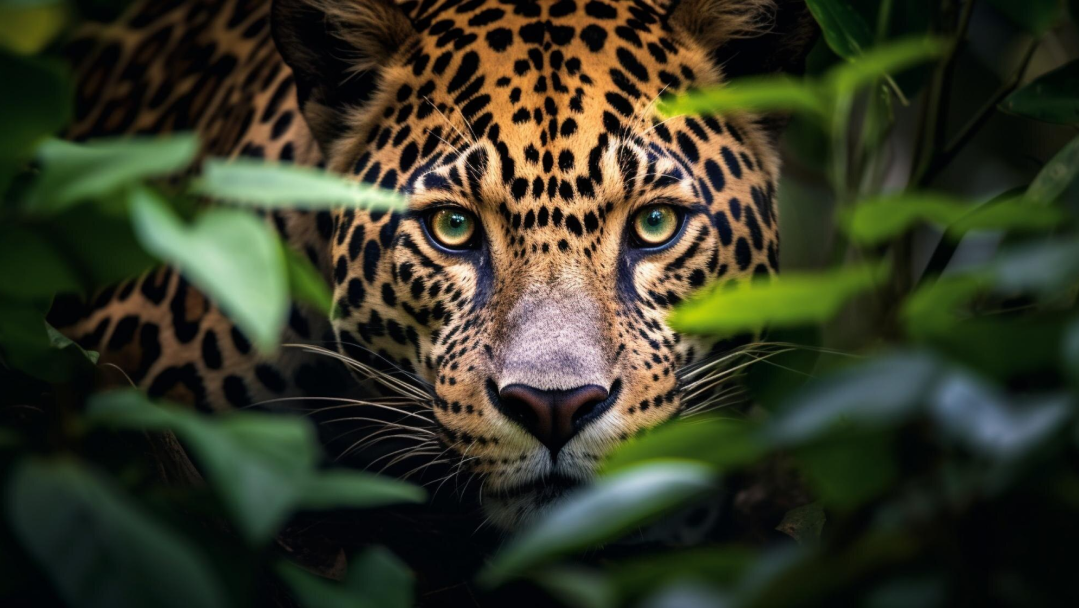Venturing into the Ecuador Rainforest opens the door to an extraordinary world teeming with life, from colorful birds to elusive mammals. However, this dense and vibrant ecosystem is also home to some fascinating, yet dangerous predators. Exploring this incredible wilderness can be thrilling, but it can also be dangerous, so it’s important to be cautious and respectful to stay safe. To ensure your rainforest adventure remains thrilling and safe, it’s important to be well-prepared. Navigating through the rainforest involves more than just marveling at its beauty; it requires awareness and precautions to avoid encounters with its more formidable inhabitants.
If you plan to explore this incredible ecosystem, it’s crucial to know how to avoid these predators and ensure your safety during your tour. This blog we’ll provide you with practical tips and essential advice on how to steer clear of these predators, helping you make the most of your journey with confidence.
Common Predators in the Ecuador Rainforest
The Ecuador Rainforest, a rich and diverse ecosystem, is home to a variety of fascinating predators. Here are some notable ones:
1. Jaguar
When you’re exploring the Ecuador Rainforest, you might spot the elusive jaguar, one of the most impressive predators in this lush and vibrant ecosystem. This stealthy cat is known for its powerful build and distinctive spotted markings. As a top hunter that roams the forest mainly at night, it uses its stealth and strength to ambush prey like capybaras, deer, and even caimans. Jaguars are solitary animals and rarely seen in groups. Their strong jaws allow them to take down prey much larger than themselves. Spotting one in the wild is a rare and thrilling experience, showcasing the untamed beauty and raw power of the rainforest.
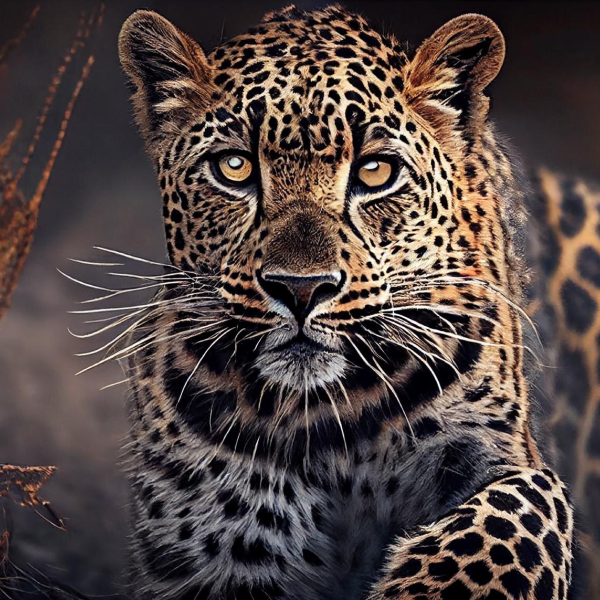
2. Puma
Pumas, also known as cougars or you can say mountain lions, roaming around the Rainforest with a stealthy grace. Pumas are hard to spot despite their size, thanks to their expert camouflage and quiet, agile movements. Talking about their hunting skills, Pumas are versatile hunters, preying on a range of animals from small mammals and birds to larger prey like deer. They prefer to remain solitary and avoid human contact, so a sighting is both rare and exhilarating. Watching a puma navigate the rainforest offers a captivating glimpse into the intricate and dynamic world of this incredible ecosystem.
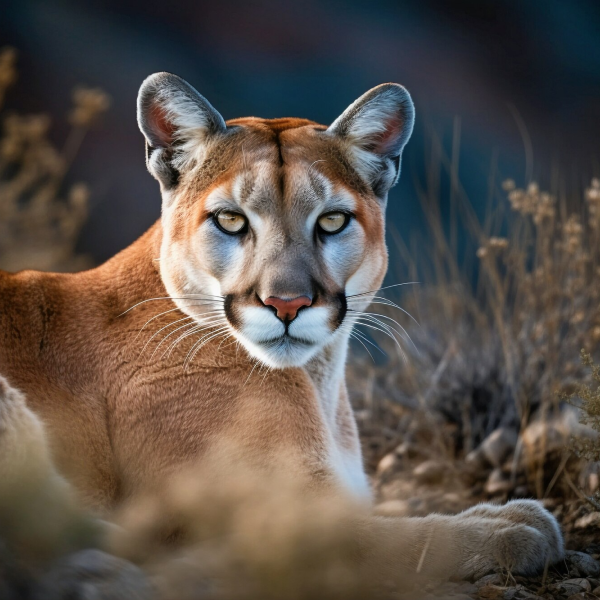
3. Fer-de-Lance Snake
Fer-de-Lance is known for its distinctive, triangular-shaped head and striking coloration, this snake is a skilled predator, primarily hunting small mammals, birds, and amphibians. Its venom is potent and can be dangerous, so it’s important to be cautious and watch your step. Fer-de-Lance snakes are usually found on the forest floor, blending in with the leaf litter and undergrowth, which makes spotting them a challenge. When you are exploring rainforest, spotting these elusive reptiles can make your adventure more exciting and remind you of the amazing diversity and potential risks of this vibrant ecosystem.
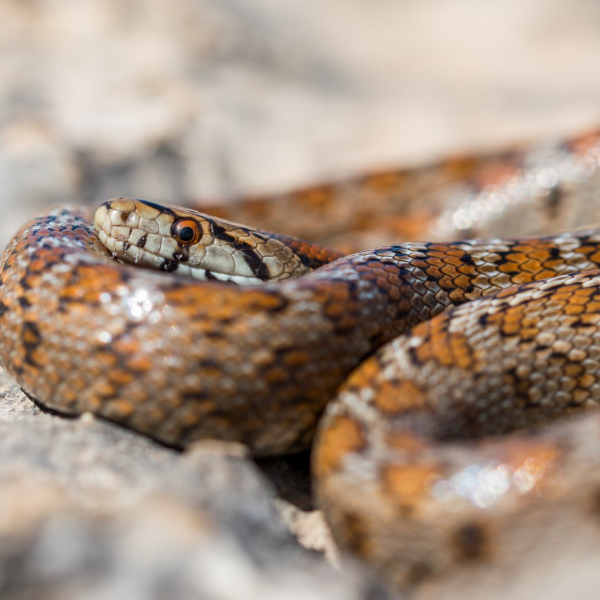
4. Bullet Ant
Not only snakes or jaguars make the Amazon Rainforest a place of intense encounters; you need to be careful with the ants, especially the Bullet Ant. Its sting is like you are being shot, and it can be extremely harmful. The pain from its sting can last up to 24 hours and you might have severe swelling, nausea, and even temporary paralysis in some cases. The Bullet Ant, with its dark reddish-brown color and aggressive behavior, stands out in the dense foliage. It builds large nests on the forest floor and helps the ecosystem by aerating the soil and controlling small invertebrate populations. Be careful during your Amazon rainforest tour because encountering a Bullet Ant can be a painful experience, and show you the extraordinary and harsh realities of life in the Amazon Rainforest.
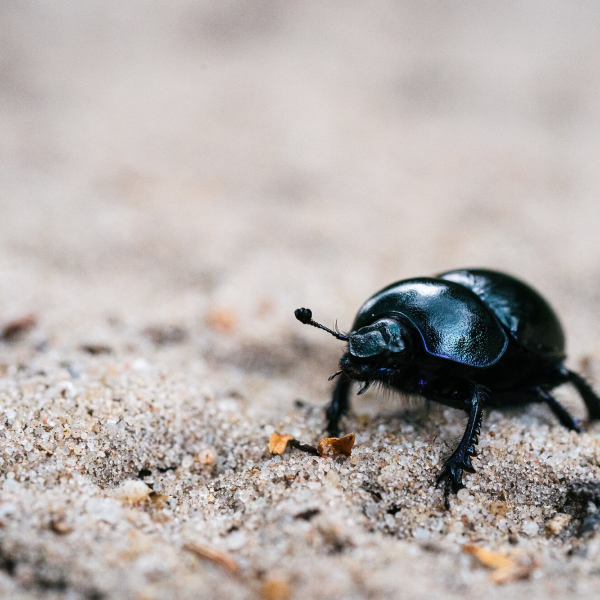
5. Poison Dart Frogs
During your adventure tour through the dense Amazon Rainforest, you might suddenly spot a flash of color, a Poison Dart Frog hopping across the leaf litter. You might find these tiny creatures beautiful, but they are dangerous. When you see something with vibrant colors, ranging from electric blues to fiery reds, it’s a warning for you to stay back. The toxins in their skin can be incredibly potent, and even a small amount can cause serious harm if you touch them or if their toxins get into a cut. You might be amazed to know how something so small can have such a powerful punch. Just seeing them in the wild is a reminder of how diverse and sometimes dangerous the rainforest can be.
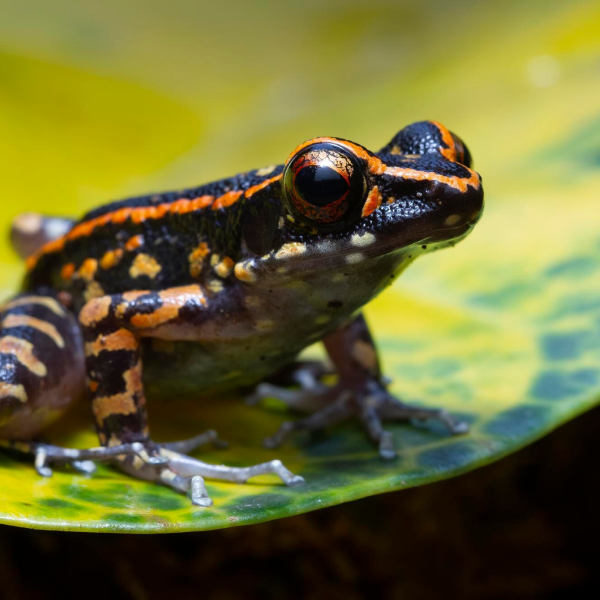
6. Anaconda (Eunectes spp.)
The Amazon is home to some of the largest snakes on Earth, including the giant green anaconda. During your journey through this vast rainforest, you may encounter one of these powerful reptiles. Known as one of the world’s largest snakes, anacondas are formidable hunters that can coil around and overpower prey such as fish, birds, and even caimans. While they are not typically aggressive toward humans, it’s wise to keep a safe distance to avoid any potential danger. Despite their intimidating reputation, anacondas play a vital role in maintaining the balance of their ecosystem by regulating prey populations. In fact, researchers in the Amazon have discovered the world’s largest snake species, a colossal green anaconda, within Ecuador’s rainforest. Although it diverged from its closest relatives 10 million years ago, it still closely resembles them today.

7. Piranha (Pygocentrus nattereri)
When you’re navigating the waterways of the Amazon Rainforest, be careful with notorious fish. The Piranha is known for its razor-sharp teeth and powerful bite. These fish are often depicted as aggressive predators, but in reality, they usually feed on smaller fish, insects, and even fruits that fall into the water. While they can be dangerous, especially in feeding frenzies when food is scarce, piranhas are generally not a threat to humans unless provoked or in extreme circumstances. Their fearsome reputation mostly comes from their appearance and occasional high-profile attacks.
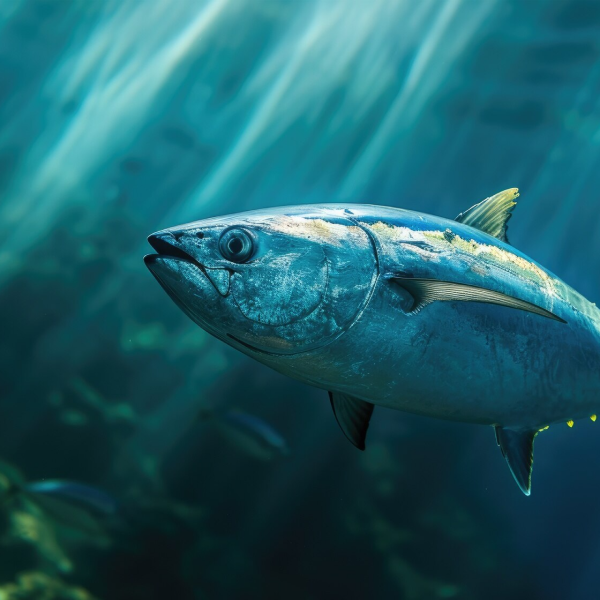
What to Do when you Encounter with a predator
Facing a predator in the wild can be a nerve-wracking experience, but knowing how to handle the situation can make all the difference. Here’s a guide on what to do:
1. Stay Calm
Amazon is the home to numerous predators, you never know when you might find yourself face-to-face with one of these formidable creatures. Staying calm in such encounters is essential for your safety. When you remain composed, you give yourself the chance to think clearly and make well-considered decisions. Panic can lead to erratic behavior and sudden movements, which might provoke the predator or escalate the situation. By staying calm, you can avoid appearing threatening or making the predator feel cornered, reducing the risk of aggression. Your calm demeanor helps you assess the situation more effectively and increases your chances of navigating the encounter safely.
2. Back Away Slowly
When faced with a predator, many people instinctively turn their backs, but this isn’t the safest strategy. Instead, slowly backing away is crucial for managing the situation safely. Quick movements can provoke a predator’s instinct to chase or attack, whereas a steady, controlled retreat minimizes the risk of escalation. Moving slowly also helps you avoid the poisonous plants of Amazon that can be found in the Amazon. By retreating gradually, you show the animal that you’re not a threat, giving it the space it needs to feel secure. This approach also allows you to maintain eye contact, helping you monitor its behavior and avoid startling it. Your calm behaviour can significantly increases your chances of safely defusing the situation and reducing the risk of a dangerous confrontation.
3. Make Yourself Look Larger
Predators often evaluate threats based on their size and strength, and by appearing larger, you can make yourself seem like a more formidable opponent. This visual intimidation is effective because many predators are more likely to avoid confrontations with larger animals that could pose a greater threat. By standing tall, spreading your arms wide, or even opening your jacket, you create the impression of a bigger, more intimidating presence. This can convince the predator that engaging with you is too risky, encouraging it to retreat rather than escalate the situation. Presenting yourself as larger also helps shift the predator’s perception of you from prey to a potential threat.
4. Seek Shelter
Find a secure location when you encounter a predator to ensure your safety. Seeking shelter can provide a crucial barrier between you and the animal, offering protection and a chance to assess the situation safely. If you’re near a car, building, or any sturdy structure, move towards it immediately. These shelters can keep you out of reach and give you a place to stay calm and plan your next steps. If immediate shelter isn’t available, look for alternative options like climbing a tree or finding a large rock to put some distance between you and the predator. The key is to create a physical obstacle that minimizes the risk of direct confrontation and provides a safe space while you wait for the danger to pass or help to arrive.
5. Contact Authorities
If you’re on a guided tour, inform your guide immediately if you encounter a predator. Guides are experienced and trained to handle wildlife encounters and can provide prompt assistance in managing the situation. They can offer valuable advice on how to stay safe and may have protocols in place for dealing with such incidents. Informing your guide also helps ensure that the encounter is reported to the appropriate authorities, who can then take necessary actions to protect both you and future visitors. By acting quickly and sharing the information, you contribute to a safer environment for everyone involved.
The Bottom Line
The Ecuador Rainforest is a mesmerizing world of diversity and wonder, but it also presents challenges for those who venture into its depths. By understanding the behavior of predators on your Ecuador rainforest tours, you can minimize risks and ensure a safe, enriching experience. Familiarize yourself with local wildlife, adhere to safety guidelines provided by your tour guide, and be vigilant about your surroundings. Respecting the natural environment and its inhabitants not only enhances your safety but also supports the preservation of this incredible ecosystem. By following these practices, you help protect the delicate balance of the rainforest, ensuring that future generations can also marvel at its breathtaking beauty and biodiversity.
